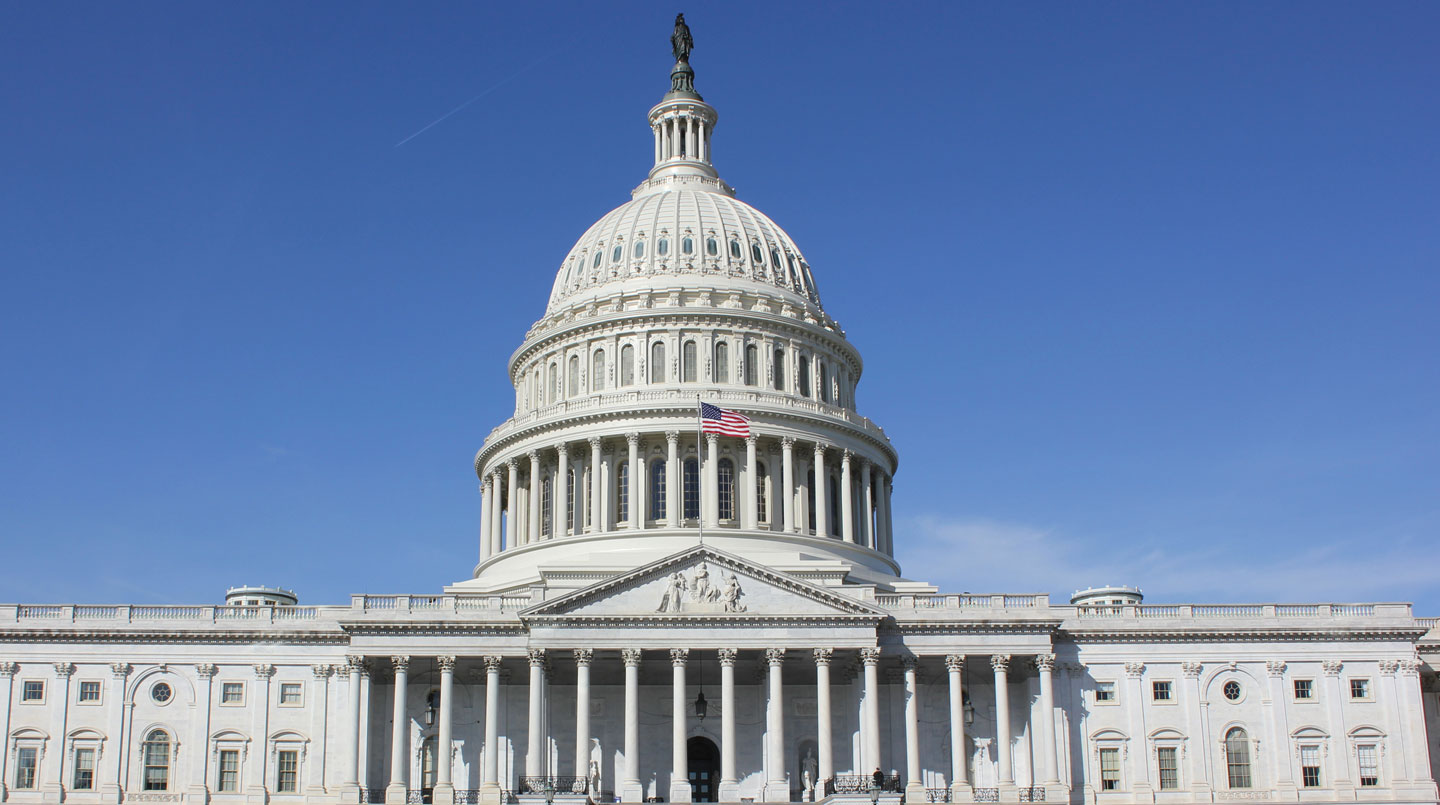House Republicans' 2025 budget reconciliation package, H.R. 1 - the One Big Beautiful Bill Act, passed the chamber 215-214 on May 22. Approval in the House sent the bill to the Senate.
The bill includes provisions on tax policy, border security and immigration, defense, energy production, the debt limit, adjustments to SNAP and Medicaid, and administrative state-related policies.
Here's a breakdown of how representatives voted:
- 215 Republicans voted yes.
- Two Republicans, Reps. Thomas Massie (R-Ky.) and Warren Davidson (R-Ohio) voted no.
- 212 Democrats voted no.
- One Republican, Rep. Andy Harris (R-Md.) voted present.
- Two Republicans, Reps. Andrew Garbarino (R-N.Y.) and David Schweikert (R-Ariz.), did not vote.
What is budget reconciliation?
Budget reconciliation is a legislative process that can be used to bypass the filibuster and enable the passage of a package of legislation in Congress that changes spending, revenues, or the debt limit with a simple majority in both chambers.
A filibuster is a U.S. Senate strategy of preventing or delaying action on a bill through extended debate, procedural motions, or other obstructive tactics. Since the 1970s, the Senate’s two-track system has enabled silent or stealth filibusters, allowing senators to threaten a filibuster to delay one issue without halting other business. To end debate on a non-reconciliation bill, three-fifths, or typically 60 members of the Senate, have to vote in favor.
Budget reconciliation bills have limits on debate, so they require a simple majority (51 votes) instead of the three-fifths majority usually needed in the Senate to bring bills to a vote.
The reconciliation process does not affect procedures in the House as much as in the Senate because the House does not have the 60-vote requirement for ending debate.
What happens next?
Since the House approved the reconciliation package, the bill will next be debated on the Senate floor. Republicans have a 53 - 47 majority in the Senate, with Vice President J.D. Vance (R) as the tie-breaker. To pass the reconciliation package, Republicans can lose no more than three votes from Republican senators.
If the Senate passes an amended version of the reconciliation bill, it will be sent back to the House.
Senators may bring points of order against provisions in the legislation or proposed amendments according to the Byrd Rule.
The Byrd Rule is found in 2 U.S. Code § 644 and provides senators with a mechanism to remove or block provisions from a reconciliation bill. If any Senators believe provisions in the bill or in proposed amendments are extraneous to the reconciliation directives in the budget resolution, they can raise a point of order under the Byrd Rule.
Provisions can be removed as extraneous under the Byrd Rule if they do not affect spending or revenues, are primarily non-budgetary, fall outside a committee’s jurisdiction, or increase the deficit outside of a 10-year window. Provisions changing Social Security are also defined as extraneous.
A point of order under the Byrd Rule is a motion to delete the specified provision before consideration is resumed. As the presiding officer of the Senate, the Vice President rules on Byrd Rule points of order. The Senate Parliamentarian advises the Vice President on Byrd Rule points of order.
What are the steps in the budget reconciliation process?
1. The House and Senate pass the same budget resolution:
- Reconciliation instructions (directives) in the budget resolution start the process.
2. Committees draft legislation based on reconciliation directives in the resolution:
- Senate and House budget committees compile proposals from the other committees into budget reconciliation bill packages (one in each chamber). Occasionally, the Senate has skipped the committee process, moving the House bill straight to the floor (e.g., 2021 and 2017).
3. Reconciliation bills are debated on the floor of both chambers:
- After and during debate, amendments can be proposed, and points of order seeking removal of provisions can be raised under the Byrd Rule.
4. The House and Senate pass the same reconciliation bill:
- To complete the reconciliation process, both chambers need to pass identical reconciliation packages by a simple majority. Debate is limited in the Senate, preventing filibusters.
5. The president signs or vetoes the reconciliation bill:
- After the budget reconciliation bill passes both chambers, it is sent to the president to be signed or vetoed.
Further reading:
Ballotpedia comprehensively covers the administrative state and work requirements for public assistance programs. To read more about provisions from the House budget reconciliation package related to these topics, click one of the links below:
- Administrative state policies in the One Big Beautiful Bill Act
- Work requirements policies in the One Big Beautiful Bill Act
Additional reading:


